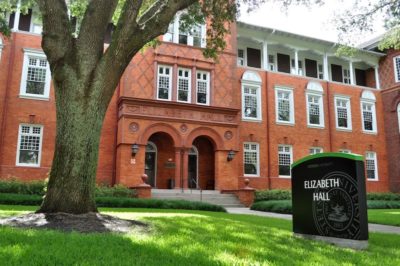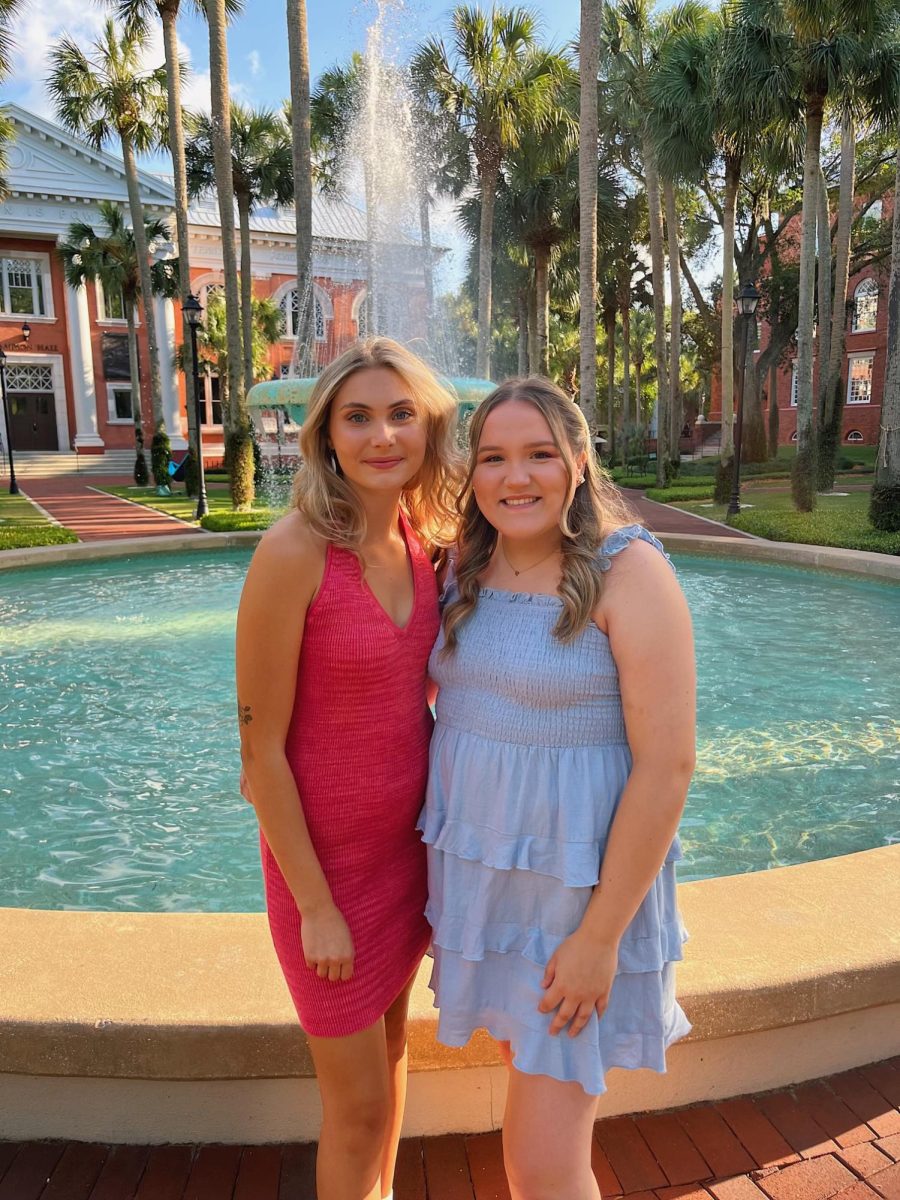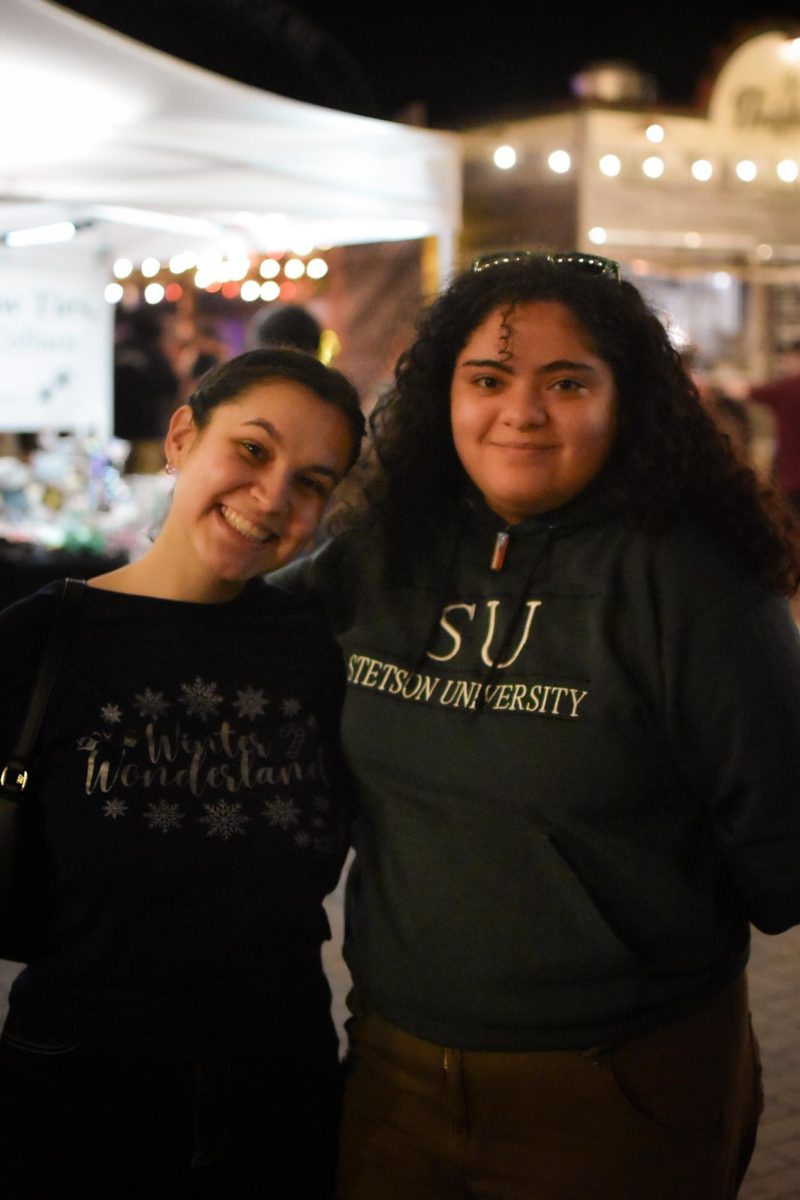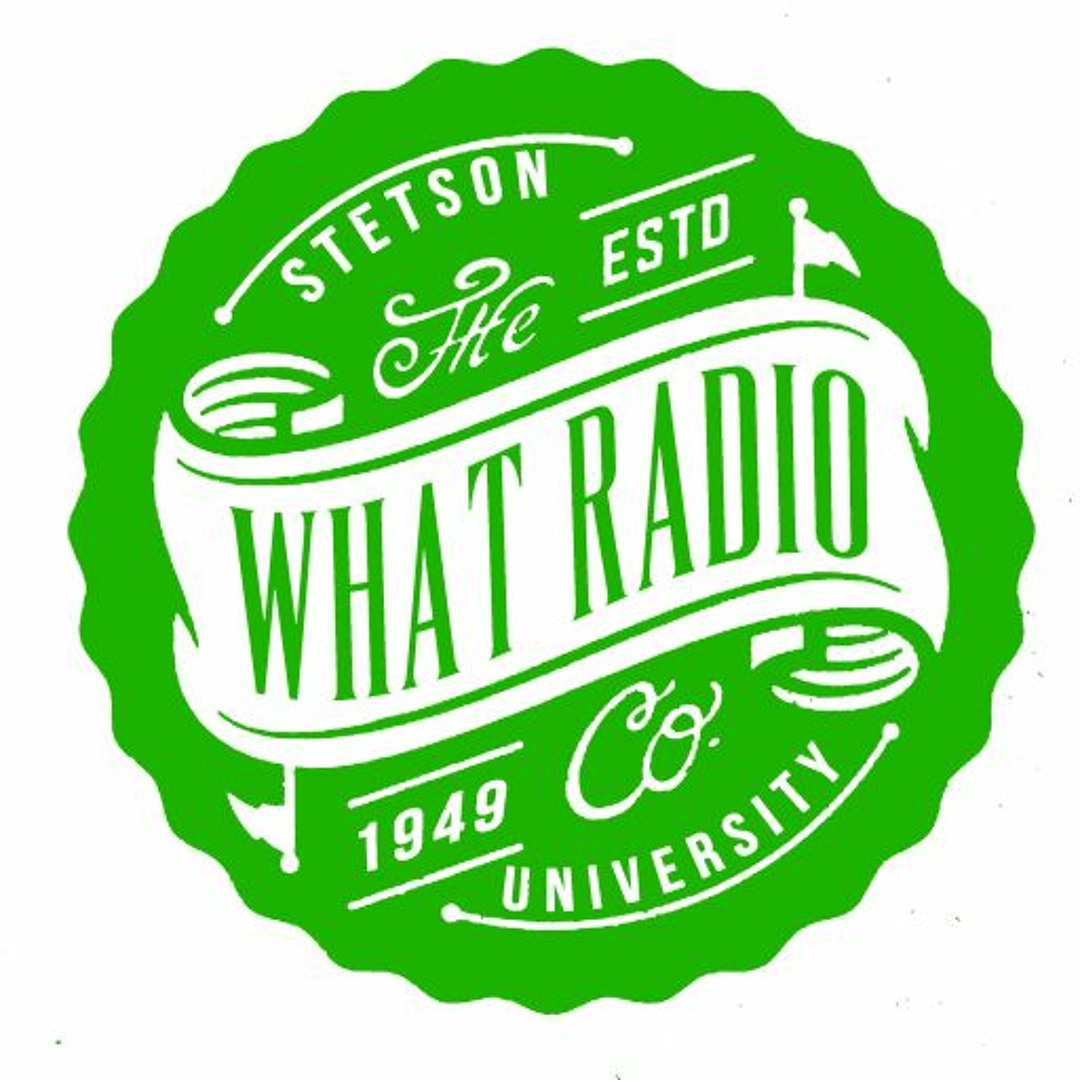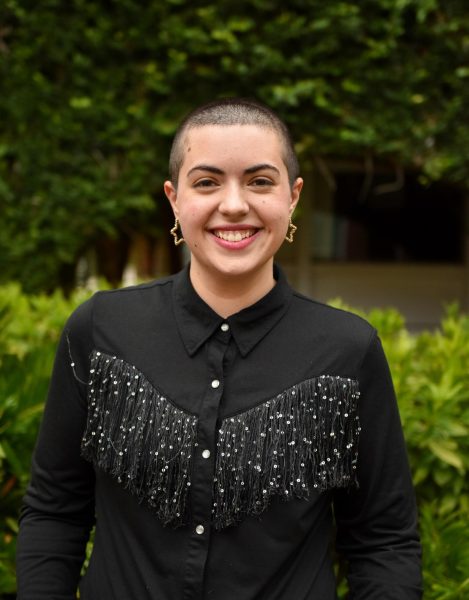Elizabeth Hall, originally built in 1892 and continuously updated since, is moving up in the world—or at least the students inside will be. It’s officially been announced that an elevator will be installed in Elizabeth, bringing students into the future as well as up to the third floor. The historic past and the accessible future of the building are melding at this moment, but so are student and faculty opinions.
Though, the project entails more than just the elevator: the building plans to add more bathrooms to adhere to modern standards as well. This means that there will be some major changes coming to Elizabeth. Caitlyn Alvarado, History Department Administrator and Building Manager for Elizabeth Hall, comments, “We’ve lost three classroom spaces, one whole department space and obviously our current bathrooms are going to be removed.” In spite of that, they follow up with how it may have been a worthy trade-off for the History department to make, noting that giving up three classroom spaces was necessary to save the cherished Lycan Room study space. Alvarado followed up, saying that the department space lost on the second floor was “Environmental Sciences, which was fortuitous since we now have Brown Hall.”
Even as the details of the elevator become settled, the installation of the elevator finally happening does bring us to pause to consider why an elevator is so necessary in the first place. “Both of my majors are native to Elizabeth Hall, and there have been multiple times in which I’ve had to kind of lug myself up the stairs,” says Ali Burgess ’25. Burgess describes that their hypermobile Ehlers-Danlos syndrome has made it difficult to trek the lumpier-than-average stairs of Elizabeth Hall.
Ann-Marie Willacker, Stetson’s Coordinator of Community Impact, points out that currently “anyone in a wheelchair or anyone with severe, you know, mobility issues are pretty much relegated to the first floor. So it’s nice to see that going in.” Until the elevator is installed in Elizabeth Hall, the only option that disabled students and faculty have had is to request a classroom change to a more accessible building. Burgess describes this process as “isolating,” explaining that they are “a cane user, so if a class gets moved, people tend to know that I was the reason it was moved.”
Nevertheless, those with accessibility needs are not the only ones who will benefit from the elevator in Elizabeth Hall. Debbie Tate is currently the Administrative Assistant for the Philosophy Department on the first floor of Elizabeth, as well as the Administrative Assistant for the Communication and Media Studies Department on the third floor. Tate told me that she expects to still primarily use the stairs even after the elevator is added, noting that the trek up and down the stairs has been beneficial in some ways. “It’s probably kept me in better shape,” she jokes. But she also noted the benefits of the elevator being an option if she had something heavy to carry. Not only will the elevator aid in breaking down accessibility barriers and help meet situational needs, but it will also be there when able-bodied students and faculty face temporary injuries that make their daily hike up the Elizabeth stairs extra daunting. Associate Professor of Ancient and Medieval History, Dr. Kimberly Reiter, has personal experience with the matter when thinking back on the fact that she has “broken three bones” since working at Stetson and has made the trip up the bumpy Elizabeth stairs to her third-floor office, most of the time in heels. Regardless of the reason that someone chooses to use the elevator, Willacker cautions against judging anyone’s usage based on our assumptions. “There’s a lot of different reasons why someone may use an elevator, a lot of invisible disabilities or, you know, just situational occasions that may make someone need an elevator.”
If the Elizabeth elevator is being celebrated by students and faculty, welcomed by disabled and able-bodied members of the Stetson community alike, then why did it take this long? “Thoughts about having an elevator have definitely been a thing for several years,” says Alvarado. Like many people interviewed, Alvarado brought up fundraising as an element that delayed action on the elevator, adding that “people’s wishes and where the money was coming from” played a role in the prioritization of other construction projects. Dr. Reiter adds, “One of the things that’s really been holding it back is that Elizabeth Hall is designated as a national monument on the Historic Register, which means that any elevator put in has to be put in very carefully and respectfully of the architecture already in place.”
Burgess explains their mixed feelings on the progress being made, “It’s good that we’re getting an elevator, it just feels like this was a little bit of an afterthought.” Dr. Melinda Hall, Associate Professor of Philosophy and Associate Dean for the College of Arts and Sciences, like many others interviewed, expressed excitement that the project was finally happening, but also affirmed Burgess’s sentiments. “At the same time, yeah, we need to budget. We need budget priorities that allow us to tackle these projects earlier,” Hall commented. Provost Elizabeth Skomp concurred, adding, “Unfortunately, making spaces accessible is a costly endeavor.” However, she affirmed that Stetson would need to prioritize accessibility needs by adding, “It’s a cost that we absolutely must be willing to absorb.”
The elevator in Elizabeth Hall is certainly a win for accessibility, but it is far from solving all barriers to accessibility at Stetson. Dr. Hall, whose main area of philosophy is disability, laid out her thoughts on the subject of accessibility. She notes, “Accessibility in a college campus is really, really complicated. We need a lot of analytical tools to notice who has to be responsible for what and how change happens and to really push to make things good.” Burgess explains how they tend to approach issues of accessibility with a cautiousness, commenting, “I tend to pick classes with professors that I know that are going to be accommodating and not annoyed.” Dr. Hall specifically brought this issue up, noting that she adds her own personal note to the copy-paste accessibility statement added to class syllabi that read along the lines of: “I am happy to talk to students about these matters, because I don’t want them to worry that I will be frustrated with them.” Dr. Hall also noted that the structure of the reporting system puts pressure on disabled individuals to identify and report accessibility barriers.
Elizabeth is on its way up and into the future, but if Stetson wants to keep up with accessibility needs, students like Burgess emphasize that they’ll need to pay attention to details. The current ramp into Elizabeth Hall has several problems that Ali detailed, from the incline of the ramp, to the small platform and quick swinging doors, even down to the rust built up on the guardrails. Willacker mentions that redoing the ramp into Elizabeth is part of the current plans to bring the building into the future, commenting, “A whole new ramp is being built with a switchback feature, which will kind of make the angle of the ramp far more accessible.” Willacker also advised against seeing the Elizabeth elevator as the end of the road toward accessibility. “I would caution campus to not look at some of the bigger things as the fix-all. There’s all sorts of little things that really affect daily life for people, particularly with people with mobility issues on campus that are small and tiny.” Burgess knows that the seemingly little things can make a big difference, down to the “little clips in the sidewalk” which can make Stetson extra treacherous to those with mobility needs.
Burgess summed up the ongoing work that is Stetson’s journey towards an accessible future, stating, “I work with accessibility, so I’ve been really excited to see these developments and I hope that we get more elevators in other halls like Sampson and Allen. There are plenty of accessible issues that we need to resolve, and I think that celebrating the elevator is fantastic, but we shouldn’t just stop there.”


